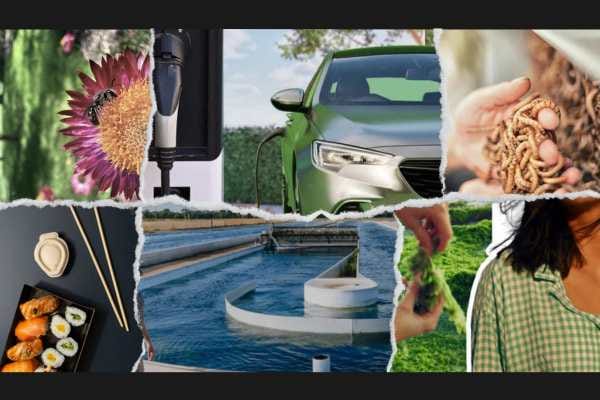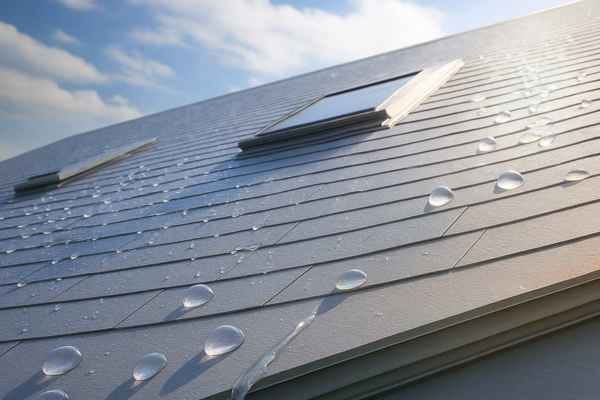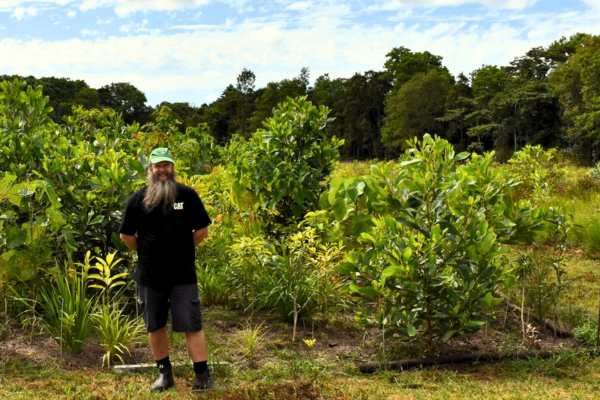Printed solar is scaling up
An Aussie startup on tour with Coldplay has landed a NSW government grant to build a world-first commercial printed solar facility.

Kardinia Energy has been awarded a grant to establish a commercial printed solar manufacturing facility in what’s being dubbed a world first.
The $2.25 million funding was awarded under the NSW Government's $26.2m Clean Technology Innovation grants program which aims to accelerate clean tech in the state.
Kardinia Energy’s flexible and lightweight printed solar tech drew attention last year when it debuted backstage at Coldplay’s Music of the Spheres live tour.
For months now, 500 square metres of printed panels have travelled the world to power the band’s “C Stage” and other equipment – possibly even that infamous kiss cam.
At each venue, the printed panels are rolled out backstage, behind seats, and at other locations and can be installed in under two hours by a two-person crew.
“As a band, and as an industry, we’re a long way from where we need to be on this,” Coldplay said at the time of solar rollout last year. “But we’re grateful for everyone’s help so far, and we salute everyone who’s making efforts to push things in the right direction.”
The Printed Solar has since powered 21 venues across 19 countries, Kardinia Energy says. Because each venue is different, the technical team is often put to the test, which continues to "push our product development forward and further informs future potential use case opportunities,” the company recently posted.
“This grant is a game-changer and helps enable Kardinia Energy to set up the world's first commercial manufacturing facility for Printed Solar in Newcastle, Australia."
Kardinia’s new commercial facility will be based in Shortland, Newcastle, where the company’s solar panels will be printed using roll-to-roll technology and made from recyclable organic photovoltaic materials instead of traditional silicon.
“This grant is a game-changer and helps enable Kardinia Energy to set up the world's first commercial manufacturing facility for Printed Solar in Newcastle, Australia,” the company wrote on LinkedIn.
As well as powering more Coldplay concerts, these printed panels suit other applications, its makers say. The panels are designed to go where traditional solar can’t, meaning they could power remote communities, agrivoltaics, airport installations, and humanitarian operations in off-grid locations.
Blue sky opportunity
Printable solar technology presents a significant manufacturing opportunity, according to the CSIRO, with estimates the global market could be worth as much as $3 billion by 2030.
The CSIRO is making strong progress of its own in printed solar with a $6.8m pilot facility unveiled last year at its Clayton precinct in Melbourne.
The NSW Government’s Clean Technology Innovation grants, which aim to turn ideas like Kardinia’s into bankable infrastructure, are supporting 13 projects around the state.
“Building a green innovation economy is critical to NSW’s long-term prosperity,” Minister for Innovation, Science and Technology Anoulack Chanthivong said.
The grants focus on developing and implementing technologies that don’t currently exist in the marketplace but have the capability to reduce emissions and assist with the state’s net zero targets.
“This investment will see these projects transition into practical, real-world solutions for emissions reduction that also boost innovators, investment and new jobs,” Minister for Climate Change and Energy Penny Sharpe said.
Printed solar is unlike traditional heavy and rigid silicon panels in that it's lightweight, flexible, and recyclable. The panels use organic photovoltaic (OPV) materials, which convert light into electricity using organic semiconductors. The panels can be quickly laid out on various surfaces, then rolled up and reused. Although they’re less efficient than standard solar panels, they work well in low or diffused light. And because they're easy to transport and set up, they're suited to portable power, remote locations, temporary setups, and emergency situations. They’re also produced using roll-to-roll printing which makes large-scale production more affordable.





